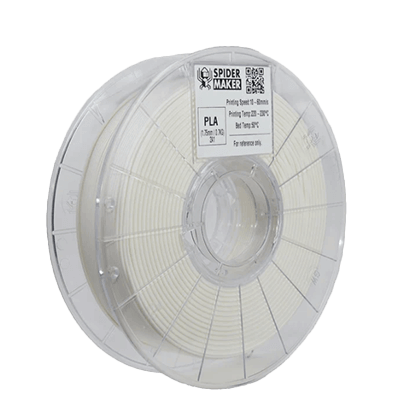What Is Gypsum Casting?
Gypsum casting, also known as plaster mold casting, is a method used in semiconductor manufacturing for creating molds using gypsum. This technique is essential for producing products with complex shapes and high precision in small batches.
Unlike traditional mold-based casting, gypsum casting involves pouring molten metals directly into gypsum molds, allowing for greater design freedom and flexibility. Commonly used metals include aluminum, magnesium, and zinc, with aluminum being the most popular choice.
The process offers benefits such as shortened production periods, cost reduction, and the ability to easily accommodate design changes. Gypsum casting is particularly effective for vacuum casting, making it suitable for producing intricate shapes and achieving smooth surface roughness.
Uses of Gypsum Casting
Gypsum casting is widely used in various industries for prototyping and small-batch production. Its precision is comparable to die-casting, making it ideal for creating automotive components, electrical and mechanical parts, medical devices, and crafts.
Principles of Gypsum Casting
The process begins with creating a master model from 3D data, followed by mold creation using silicone. Molten aluminum is poured into the gypsum mold, and the final product undergoes finishing work like burr removal. This method is suitable for producing detailed items such as miniature car models.
Structure of Gypsum Casting
Gypsum used in casting typically contains additives to improve various properties. Its composition is generally 70-80% gypsum and 20-30% additives. Gypsum casting is suitable for non-ferrous metals due to its maximum temperature limit of around 1,200°C.
How to Choose Gypsum Casting
Gypsum casting is ideal for creating precise and aesthetically pleasing prototypes and small-batch products. It is cost-effective for molding intricate shapes and allows for product improvements without mold-related expenses. This method is suitable for quantities up to a few hundred, beyond which die-casting may be more favorable.
Heat treatment can be applied to achieve mechanical properties equivalent to die-cast products, considering the gradual cooling of molten metal in gypsum casting.
Other Information on Gypsum Casting
The process involves creating a master model based on CAD or CAM data, followed by mold making and molten metal pouring. After the gypsum mold solidifies, the metal is poured to create the casting, which is then demolded.
